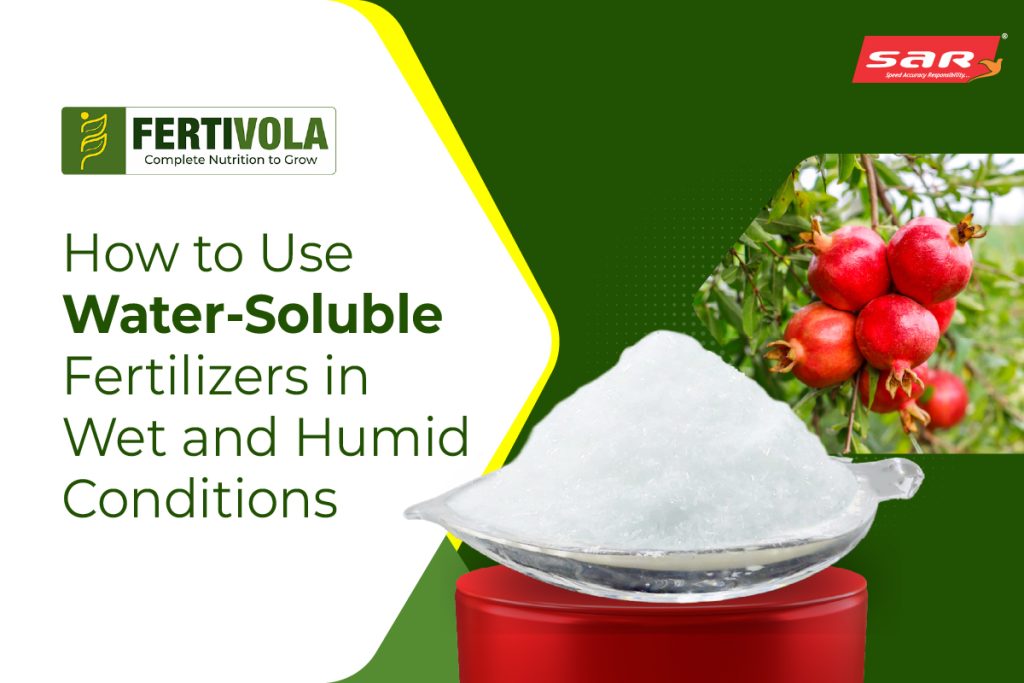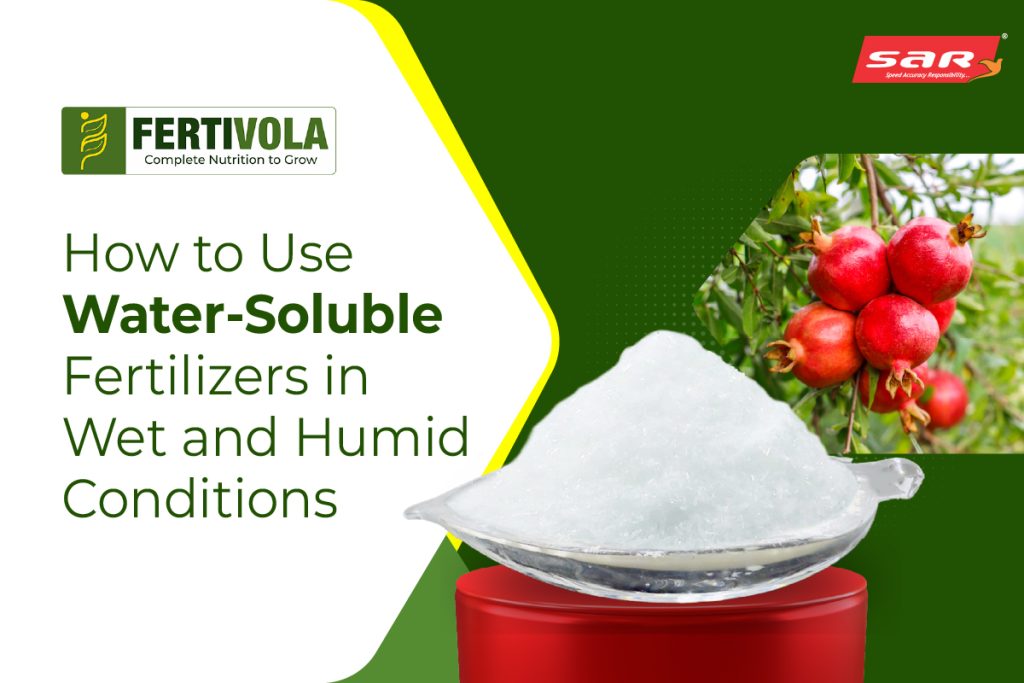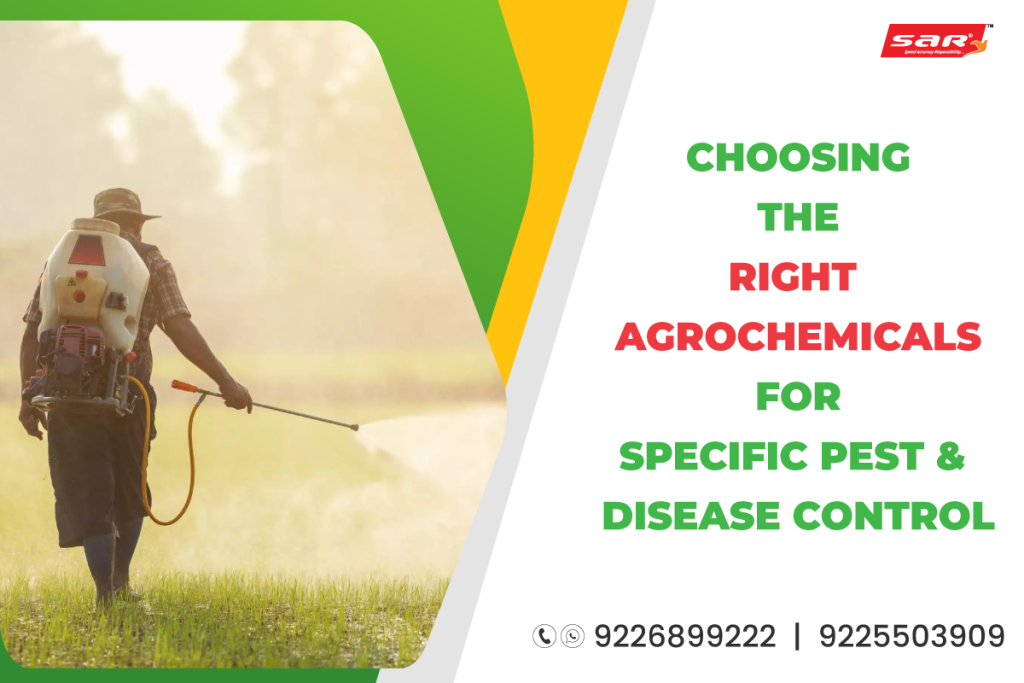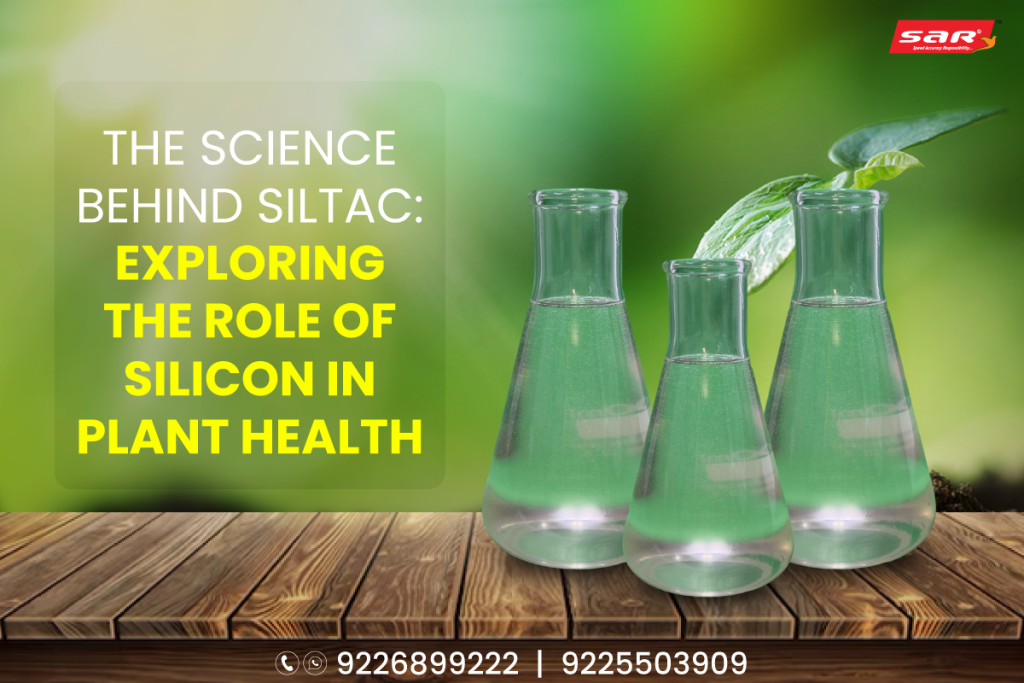
Humidity and moisture can be a two -edged sword when it comes to horticulture, especially when using water soluble fertilizers. On the one hand, the plants thrive in a humid environment, often demonstrating succulent, lively growth. On the other hand, additional moisture can cause problems with fertilizer applications, causing nutrient loss or even plant damage. So, how to use water soluble fertilizer in wet and humic conditions effectively and safely? Let us explain in detail, these challenges still provide a comprehensive guide to gardeners facing general environmental factors. – Water soluble fertilizer in wet and humid conditions.
Navigating Fertilization in Wet & Humid Conditions: A Detailed Guide to Water Soluble Fertilizers water soluble fertilizer in wet and humid conditions
Wet and humid conditions are intense in many regions, prevalent in many regions and often during monsoon season or in an enclosed environment like greenhouse, which offers a unique set of challenges and opportunities for plant nutrition. While the receipt of high humidity is desirable for many plants, it also requires a particularly careful and informed approach to fertilization, especially when using water soluble fertilizer in wet and humid conditions. This article will detect detailed best practices to achieve optimal nutrients to your plants without facing the general disadvantage associated with excessive moisture.
Understanding the Intricacies: Why Wet and Humid Conditions are Tricky for Fertilization:
Before discussing “How to use water soluble fertilizer in wet and humid conditions,” This is important to understand the underlying causes why these conditions can complicate fertilization:
- Quick Nutrient Leaching: This is probably the most important challenge. Excess rainfall, frequent overhead water, or frequent high humidity that can lead to frequent soil moisture, allowing water soluble fertilizer to dissolve water soluble fertilizer in wet and humid conditions and wash it very fast with root zone. This means that plants may not have enough time to absorb the applied nutrients, causing waste and potential deficiencies.
- Enhanced Risk of Root Rot and Anaerobic Conditions: Over-sustained soil, a common sub-product of wet and humid conditions, can quickly become anaerobic (lack of oxygen). Plant roots require oxygen for respiratory and nutrients. When oxygen is rare, the roots are stressed, making them susceptible to the root rot pathogens. Introduction to water soluble fertilizer in wet and humid already saturated soils can pursue this issue if not carefully done, as some fertilizers may contribute to a temporary increase in oxygen consumption microbial activity.
- Increased Fungal and Bacterial Growth: high humidity and frequent wet leaves create an ideal reproductive ground for various fungi and bacterial diseases. While fertilizers themselves do not cause these diseases, the residues of water soluble fertilizer are left on the leaves in wet and humid conditions, or also printed from soil applications, can also provide a nutrient for opportunistic pathogens, potentially increase the disease problems.
- Impaired Nutrient Absorption: While plants require water to absorb nutrients, highly saturated conditions can spoil the root function. When the roots are performed waterfall, their ability to actively transport nutrients into the plant decreases, even if the nutrients are present in the soil solution. This creates a contradiction where enough water is present, but the regeneration of nutrients is interrupted.
- Potential for Salt Buildup: In container gardening, especially, in humid conditions, a continuous watering can lead to buildup mineral salts from fertilizer on the soil surface or pot edges if there is not enough drainage or if flushing is not done regularly. Although it is less common with highly soluble fertilizers that leach easily, it is still an idea for long-term plant health.
Master Strategies for Using Water Soluble Fertilizer in Wet and Humid Conditions
Now, let’s find out practical, wide strategies to effectively use water soluble fertilizer in wet and humid conditions to ensure your plants:
- Reduce Concentration, Reduce Concentration, Reduce Concentration – golden rule: This is certainly the most important adjustment when dealing with water soluble fertilizer in wet and humid conditions. Instead of strictly following the manufacturer’s recommended concentration, which is often prepared for average conditions, significantly reduces strength. Consider doing your fertilizer in half, a quarter, or even the eighth place of the suggested concentration.
- Rational: Reduces the risk of burning nutrients by reducing concentration, reduces immediate nutritional loads that may quickly overcome, and more frequent, allows for gentler feeding.
- Application: You can apply this diluted solution more often, perhaps every week or every other week, instead of a strong dose less frequent. It ensures a stable supply of “a little and often” approach nutrients that plant can absorb their system or soil capacity.
Strategic Timing is Everything: Morning Application: When applying water soluble fertilizer in wet and humid conditions, time is paramount. The best time is usually early morning.
- Rationale: Applying in the morning allows to dry completely at night, reducing the risk of fungal diseases. This gives the plant enough time to absorb nutrients before the highest temperature of the day, which can stress the plants and evaporate the solution very quickly.
- Avoid Evening and Middy: Do not apply fertilizer in the evening, because moisture will sit on the leaves overnight, promote the disease. Avoid the afternoon applications, especially on very hot days, as it can cause rapid evaporation, nutrient concentration and potential leaf scorching.
Foliar Feeding with Precision and caution: Feeding leaf, where water soluble fertilizer in wet and humid conditions is applied directly to the leaves, can be an effective way to distribute nutrients quickly, especially when the soil condition is less than the ideal (e.g., waterlogged or compacted). However, this requires accuracy.
- Technology: Use a great mist sprayer to ensure coverage. The goal is to coat the leaves lightly, not to drench them.
- Air Circulation: Ensure that the good air circulation around the plants after feeding leaf to help leaves not to dry relatively quickly. In a greenhouse, it can mean increased fan activity. Outside, choose a day with a gentle breeze.
- Concentration: Always use a very thin solution to feed leaf, even less than what you will use to sink the soil, because the leaves are more susceptible to burning.
Monitoring Rigorous Soil Moisture: Before every application of water soluble fertilizer in wet and humid conditions, it is non-convertible to check the soil moisture.
- Method: Stick your finger in one- or two-inch soil (for pot) and dig into a garden bed. If the soil is still very wet or condensed, postpone fertilization.
- Rational: The soil is allowed not only to improve the aeration for the roots but also indicates that the plant is actively transpiring and is ready to absorb water and nutrients. Applying fertilizer in already saturated soil can cause immediate runoff and increase anaerobic conditions.
Choosing the right fertilizer formulation: While “water soluble” aspect is important, specific nutrients within fertilizer matters when using water soluble fertilizer in wet and humid conditions.
- Balanced Formulations: Generally, a balanced formulation (e.g., 20–20-20) is a good all-rounder.
- Route Development: In very wet conditions, a little more phosphorus (P) material can sometimes be beneficial to encourage strong root growth, which helps plants to cope with extra moisture and increase overall nutrients.
- Micronutrients: Ensure that your chosen fertilizer includes the required micronutrients, as they can be taken out even in wet conditions.
Increase Drainage – a Fundamental Step: This is an original and often unseen step, whether you are using water soluble fertilizer in wet and humid conditions or any other type. Good drainage in wet and humid environment is paramount.
- Potted plants: Always use utensils with adequate drainage holes. Consider using a well -known corrugated potting mixture that involves perlite, coarse sand, or bark fines to prevent condensation and improve aeration. Tall the water slightly so that the water can drain independently from the bottom.
- Garden Beds: Improve the soil structure in garden beds by incorporating a lot of organic materials, such as rotted manure or old manure. This increases soil aggregation, which creates holes space for both drainage of water and air circulation. Raised beds are constantly an excellent choice for wet areas, as they allow for better drainage.
Consider slow-release granular options (with caveats): While this article focuses on how to use water soluble fertilizer in wet and humid conditions, it is worth mentioning that a slowly released release can be mentioned in a slow -free wet or rainy environment.
- Benefits: They gradually release nutrients in a long period, reduce the risk of sudden leaching and provide more consistent food sources.
- Considerations: Even with slow-release options, careful monitoring is still necessary to prevent runoff, especially on the sloping area. They cannot promote immediate nutrients that some plants need.
Regular Flush Container Plants: For plants grown in containers using water soluble fertilizer in wet and humid conditions, regular flushing is important.
- Purpose: It involves well water with plain water until it leaves freely from under the pot for several minutes. This helps wash any accumulated mineral salts that can manufacture over time and potentially damage the roots.
- Frequency: The frequency depends on your water habits and fertilizer concentration, but it can be beneficial to do so once a month or every few weeks.
Become a supervisor gardener: Your plants are your best indicators. If you pay close attention, they will convey their needs and crisis.
- Signs of deficiency: Pale or yellow leaves (chlorosis), stunted growth, or poor flowers/fruits may indicate nutrient deficiency, causing your water soluble fertilizer in wet and humid conditions not being effectively absorbed or is being brought very quickly.
- Signs of over-numbers: brown or burnt leaf tips and margin, despite enough water, are a crust over-dancing or salt buildup of white salts on the surface of the soil.
- Adjust accordingly: Adjust your application rate, frequency or weakness depending on these visual signals. It is always safe to slightly compared to over-fingers, as it is easier to add nutrients than removing them.
Conclusion
Successfully use of water soluble fertilizer in wet and humid conditions is fully obtained with a thoughtful and adaptive approach. The key moderation is a solid understanding of the unique difference between careful observation and moisture, nutrients and physiology of plants. By implementing these wide strategies – diluting your solutions, wisely prioritizing the drainage, and deeply observing your plants – you can make sure that your green companions are vibrant, healthy and productive, even when the air is thick from moisture. Happy Horticulture!


